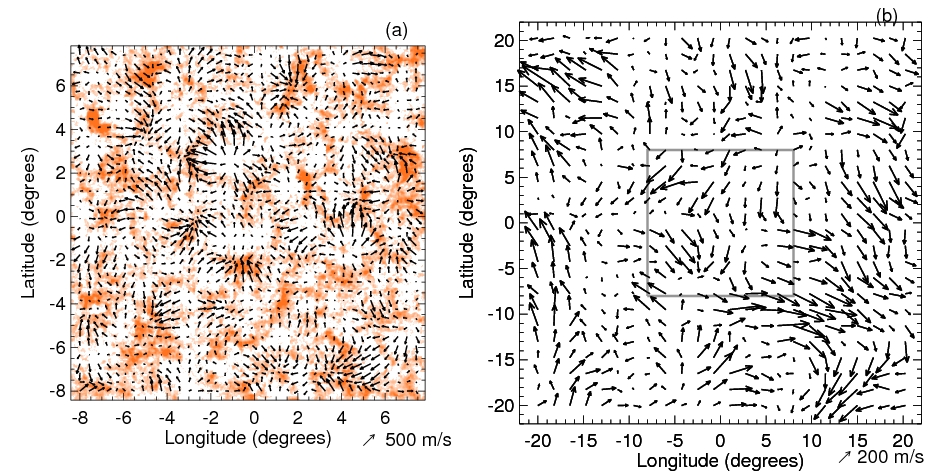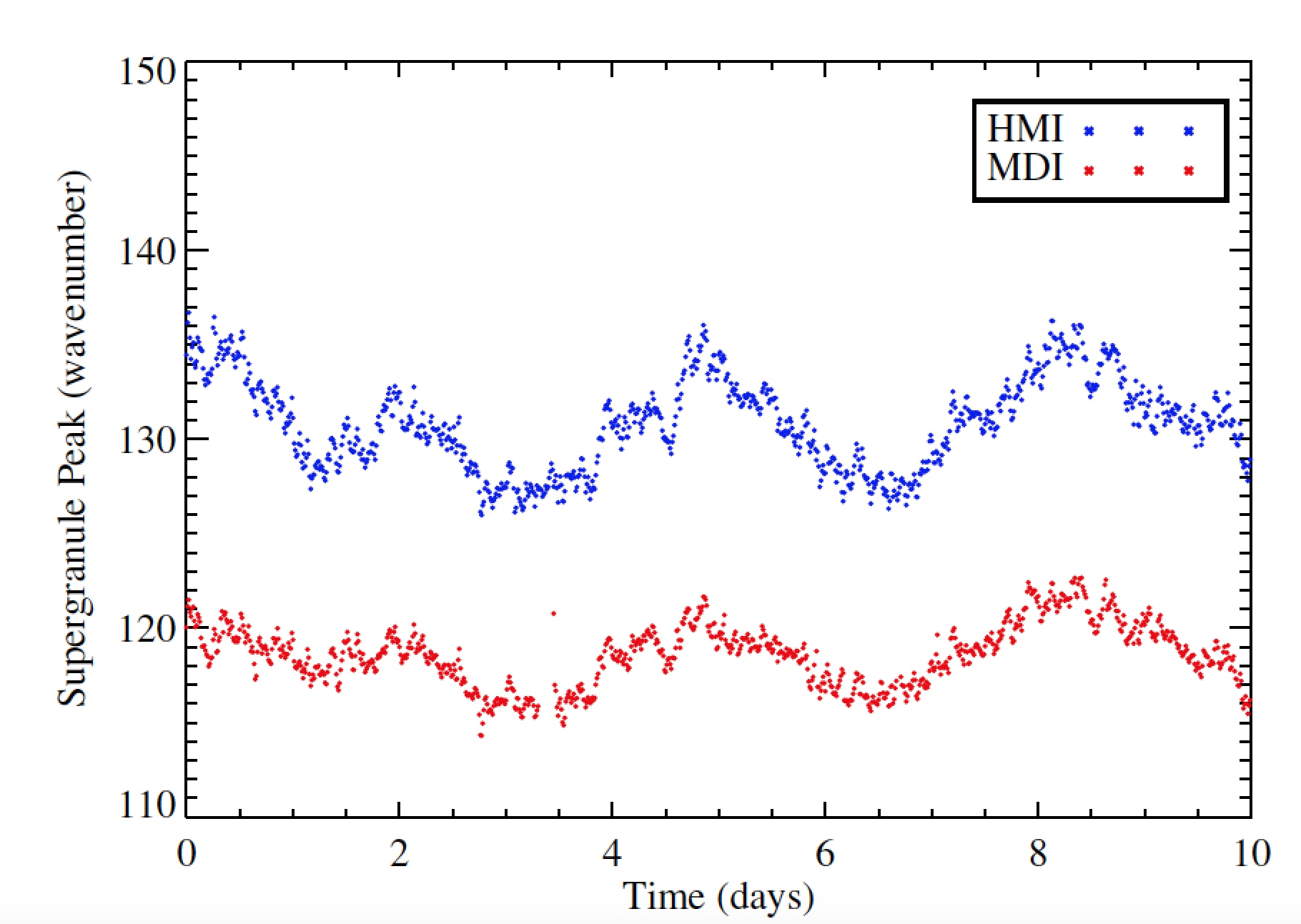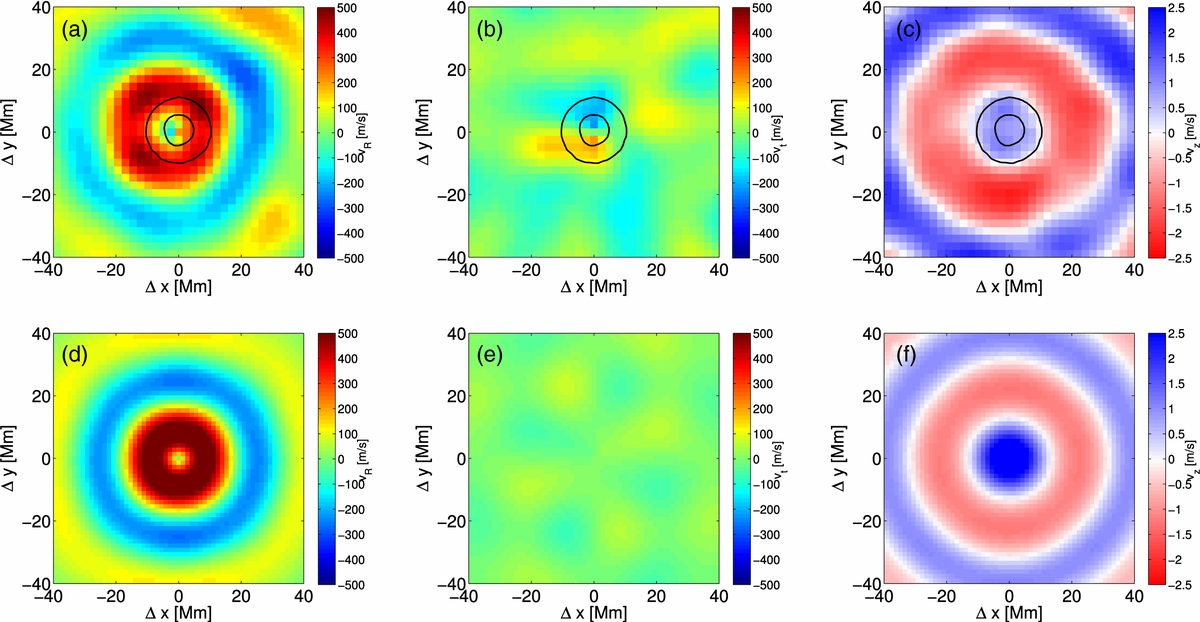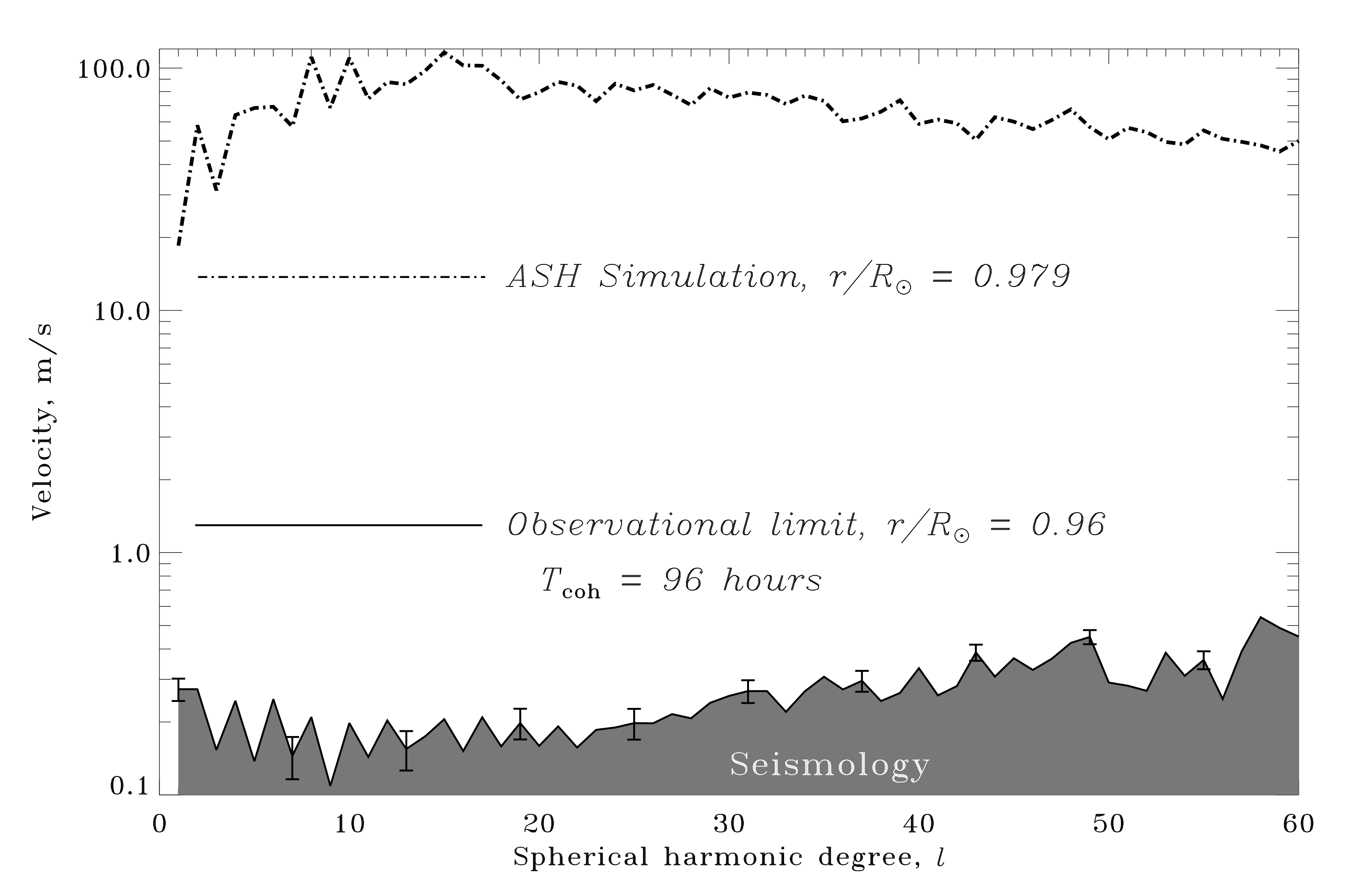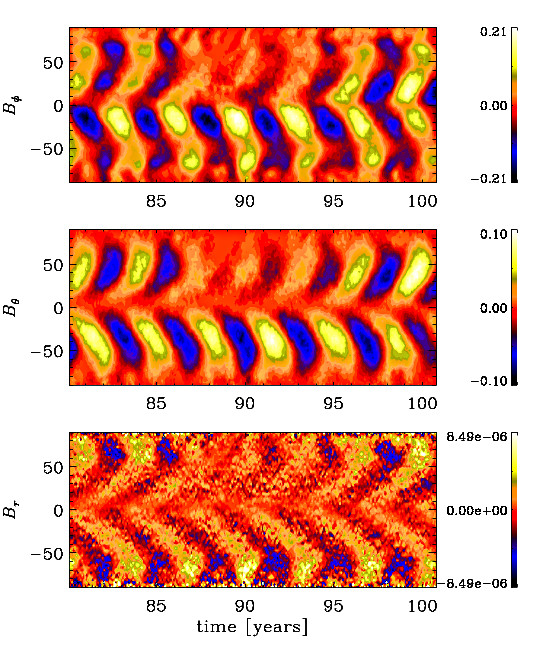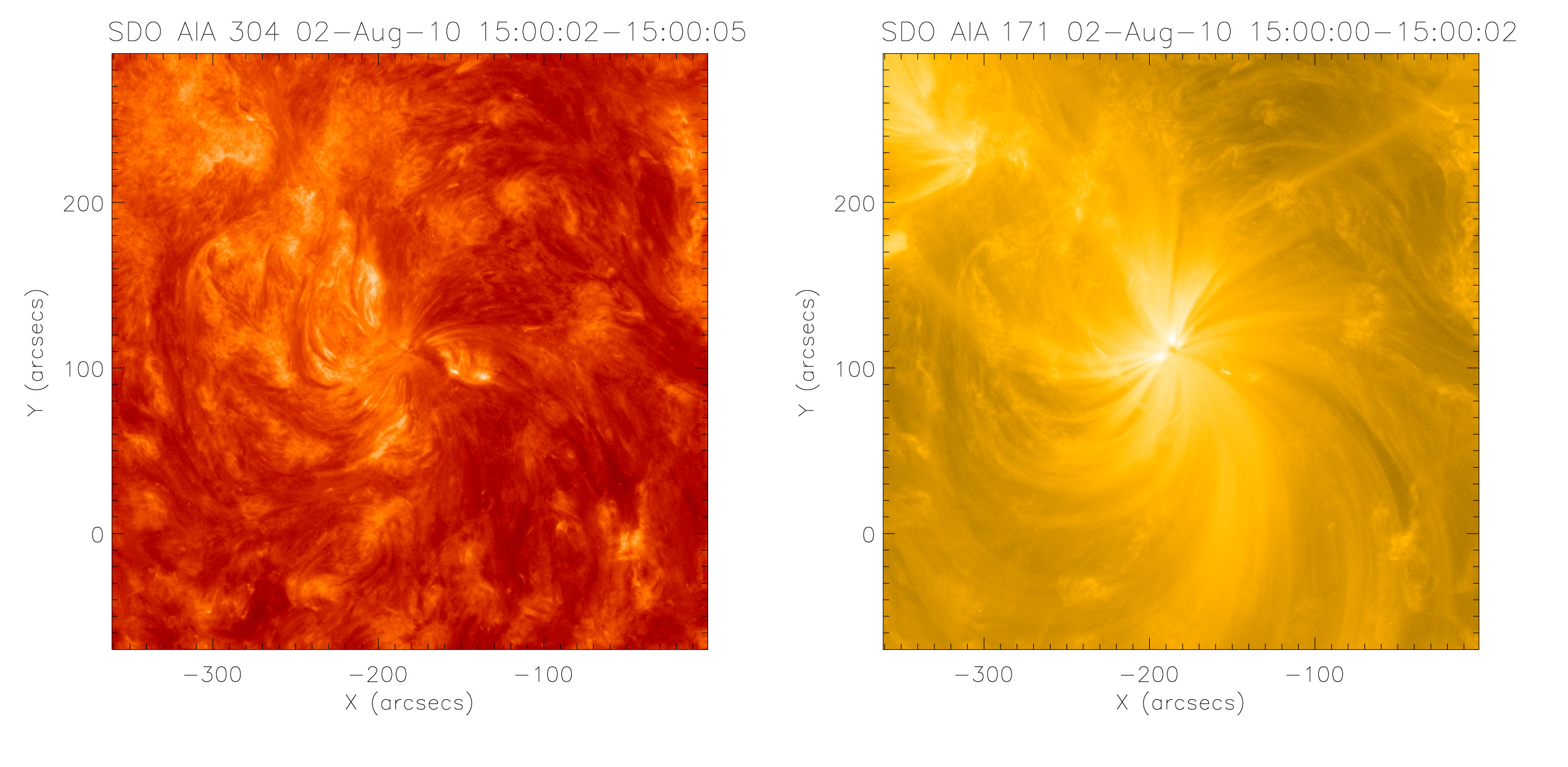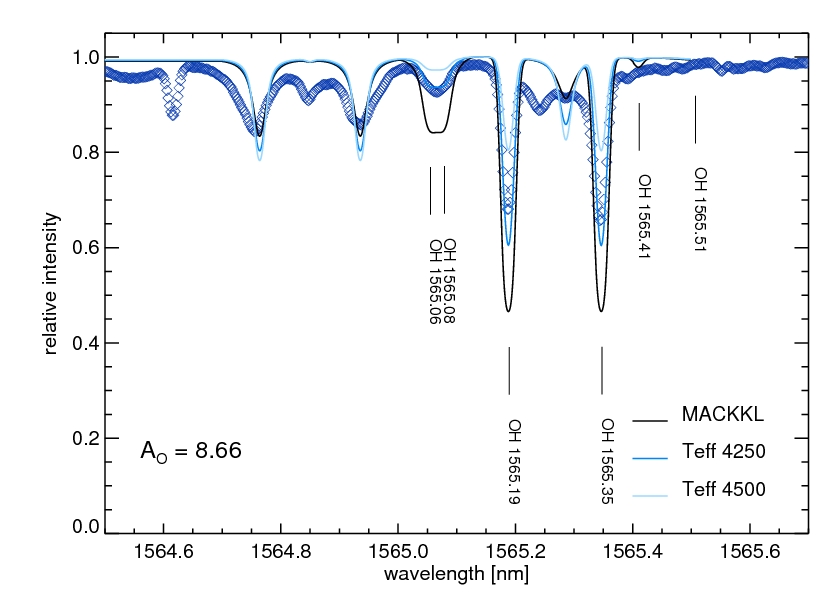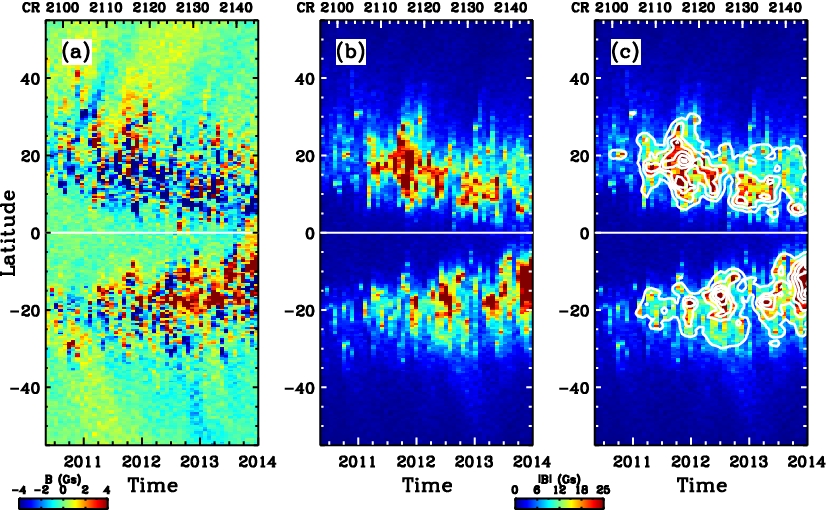Category Archives: Helioseismology
36. Application of Mutual Information Methods in Time-Distance Helioseismology
35. Fluctuations of Supergranulation Verified Through Spectral Analysis of HMI Doppler Images
28. Sunspot moats versus supergranules
27. Anomalously Weak Convection on Large Scales in the Sun
Observed seismic upper bounds on large-scale lateral (horizontal) convective-velocity amplitudes in the solar interior at the depth r/R = 0.96 do not agree with modeling results derived at a similar depth from global convection simulations. The observations of low convective-velocity amplitudes throw into question our understanding of thermal and angular momentum transport in the Sun.
26. SDO/HMI Multi-height Dopplergrams
Multi-height Doppler velocity maps from two layers separated by 50 km are obtained from combinations of currently recorded HMI filtergrams. Using synthetic data of spectral line profiles produced in a convective environment, we test the ability to recover vertical velocity fields at different heights.
24. Solar and stellar differential rotation and dynamo, mean-field vs. global models
Numerical simulations of solar rotation and dynamo have been performed over the last decades with the aim of understanding the physics of the solar interior. Here we briefly discuss two main approaches, namely, mean-field modeling and global simulations. We also present recent results of hydrodynamic global simulations which reveal interesting aspects of stellar rotation.

